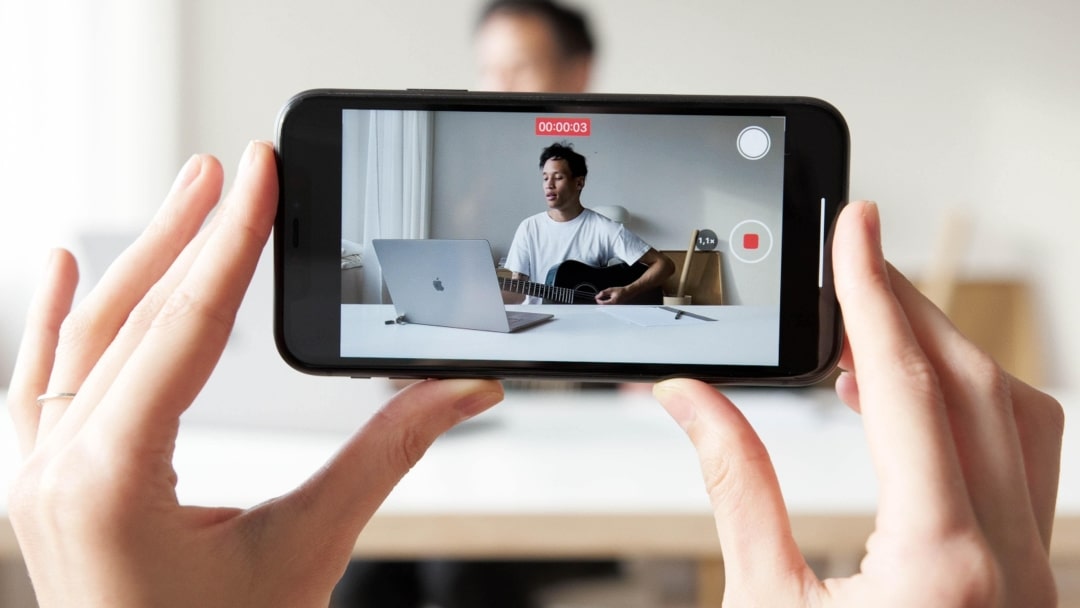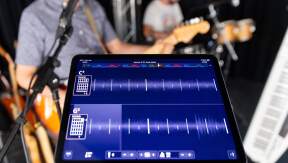For four years I was the production and distribution manager at DanceTV.net, an electronic music content platform using video material to promote DJs and producers, support their career growth and create new business opportunities. The most important lesson I learned is that “big gear does not mean big impact.” Adapting your video productions to your current budget, environment and objectives is much more important than the price of your gear.
So in this upcoming series of articles, I’ll be sharing some of the tips and best practices that you can apply to harness the power of video in order to draw your audience’s attention.
Video takes a considerable part of our daily online content consumption. In fact, it’s the first source of information for 66% of people (techjury, 2022). So it’s a no-brainer that video is a perfectly powerful tool for musicians to:
- Access resources to learn and practice their instrument
- Get noticed and showcase their skills and performance
- Grow their music business opportunities as a producer and as a performer
However, the wide variety of video formats (live, post-produced), platforms (Youtube, Instagram, TikTok…), hardware (smartphones, cameras, audio interfaces…) and software (video editing, visual effects, live-streaming…) involved in the process can scare off even the most dedicated amongst you.
It’s a successful musician that you are trying to become, not a movie director! Thankfully, new technology combined with a smart approach to video-making can rapidly (and at low cost) elevate the quality of your videos and make you stand out.
From your home, the street or the stage you should always consider filming yourself to show what you are capable of with your instrument and your voice.
Here we will focus on some of the basics you should know before getting started filming with your smartphone and avoid making “rookie” mistakes.
Audio is the most important part of video
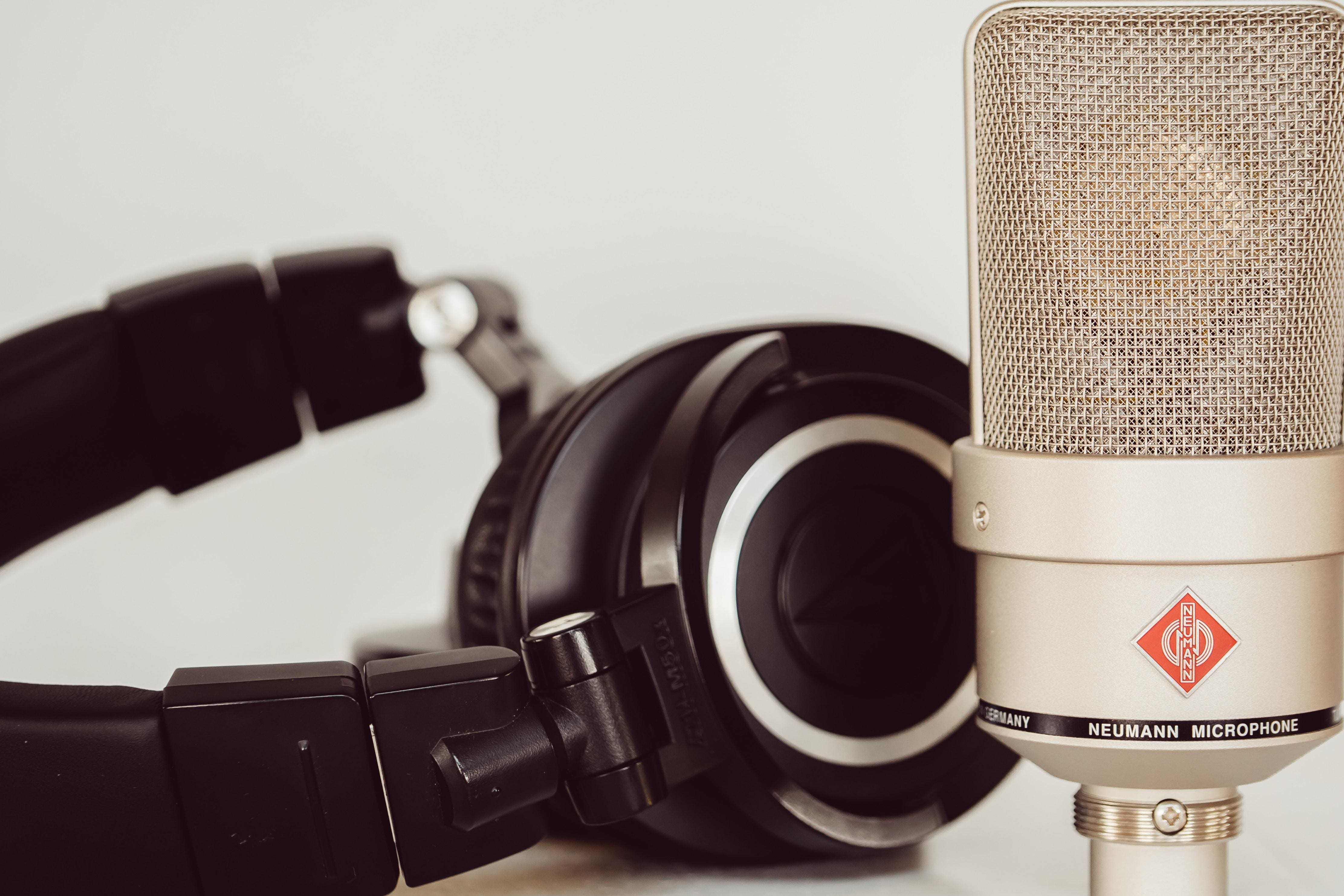
This might sound very counterintuitive, but it is true nonetheless. Several studies show that if sound quality is poor, no matter how high quality your image is, viewers are more likely to negatively react to the overall content.
This is easy to experience by yourself: imagine a news interview recorded during a big storm. with a shaky camera due to the violent winds. If the speaker’s voice is cristal clear, you’ll likely watch to the end of the video.If background noise overtakes the voice, chances are you will skip it before it ends.
Luckily, you are a musician (probably with a good ear) and so this shouldn’t be too much of a challenge for you.
Livestream vs video publications
You probably heard by now about the live-streaming trend. Intensified by the growth of social media platforms (TikTok, Twitch) and social distancing during lockdowns, it has become the most direct way to perform instantly to a global audience.
The easiest way to “Go Live” is, by far, using your smartphone. All social media platforms offer a “Live Now” interface from their mobile app. The complete process can be done in a single step: record+stream.
Note that if you add even just one camera angle to your set, it will force you to also use additional encoding and streaming software/hardware to mix the video feeds and stream a single one. This is much more complex and so will not be discussed in this article.
Never forget that live-streaming quality and reliability is primarily linked to your internet connectivity. Make sure to have a strong and stable upload speed (≥6Mbps) from a wifi or mobile internet plan, otherwise your stream is very likely to be interrupted.
On the contrary, “standard” video publications are not instantaneous and as such give you better control on the overall video quality as well as more room for error that can be fixed during post-production. The complete process is multi-step: record, edit, publish.
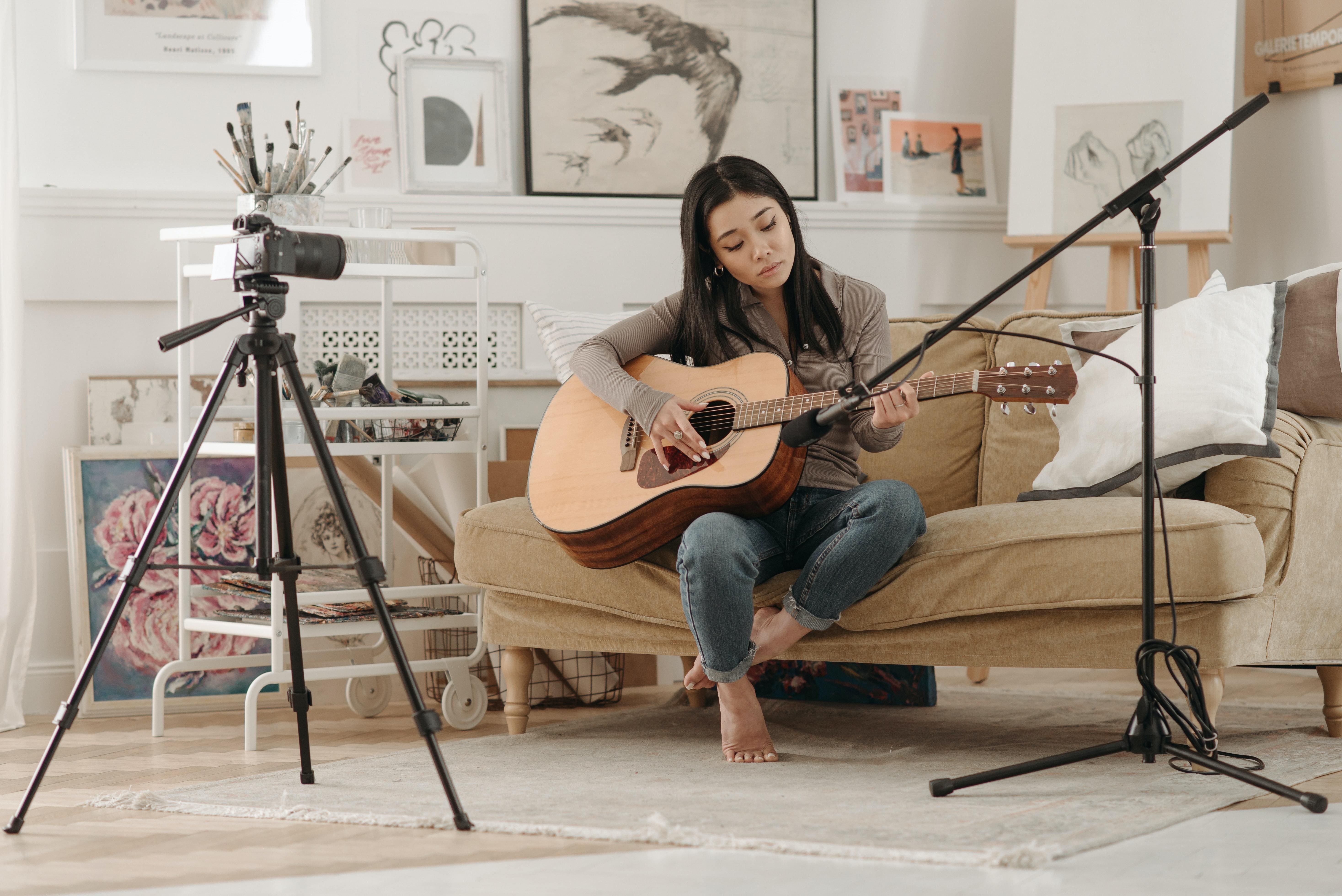
Smartphone video-making: accessible, portable, instantaneous
Smartphone cameras, AI enhancements and video editing capacities are simply mind-blowing nowadays. What was not long ago only achievable with training, time and expensive equipment can now be made using only what you carry daily in your pocket.
Maximize audio quality
This department is often the weakest point in smartphones, except maybe on premium models (iPhone, Pixel, Samsung S, etc…). The tiny multi-directional microphones in this small form factor cannot capture and transcribe the full audio spectrum, especially in loud and noisy environments.
If you cannot get your hands on a premium smartphone and would like to improve your device’s audio recording quality, you could consider using a good bluetooth headset+microphone (EarPods, Galaxy Buds, etc…), or an external microphone with USB-C or Lightning connector.
Use your main camera
A smartphone main camera (at the back of the phone) always has noticeably better quality than the selfie. It may be harder to use since you can’t monitor your screen, but if you set the frame right, you will create a substantially better video.
Verify your settings to be able to record at the highest resolution that your hardware will allow (1080p and over is recommended).
Properly light up your scene
In photography and video, more lights usually means better looking results. Image greatly depends on how much light there is in your scene. Smartphone camera censors are small and so generally have low sensitivity to light. In dark environments it must compensates for the lack of light with software processing (higher ISO) in order to “see better in the dark”. But image processing adds grain and lowers your overall image quality, so make sure to use all the natural and artificial lights you have at hand to achieve the best results.
If you would like to know more about video lighting best practices, let us know on social media and we’ll dig in further in another article.
Correctly choose your screen orientation
Portrait video (9:16 ratio) is better suited for short form content (15s - 2m) published on Facebook (stories), Instagram (stories, reels), TikTok and Youtube Shorts.
Landscape video (16:9 ratio) is better suited for longer form content published on Youtube, Twitch, Facebook (post) and Instagram (post).
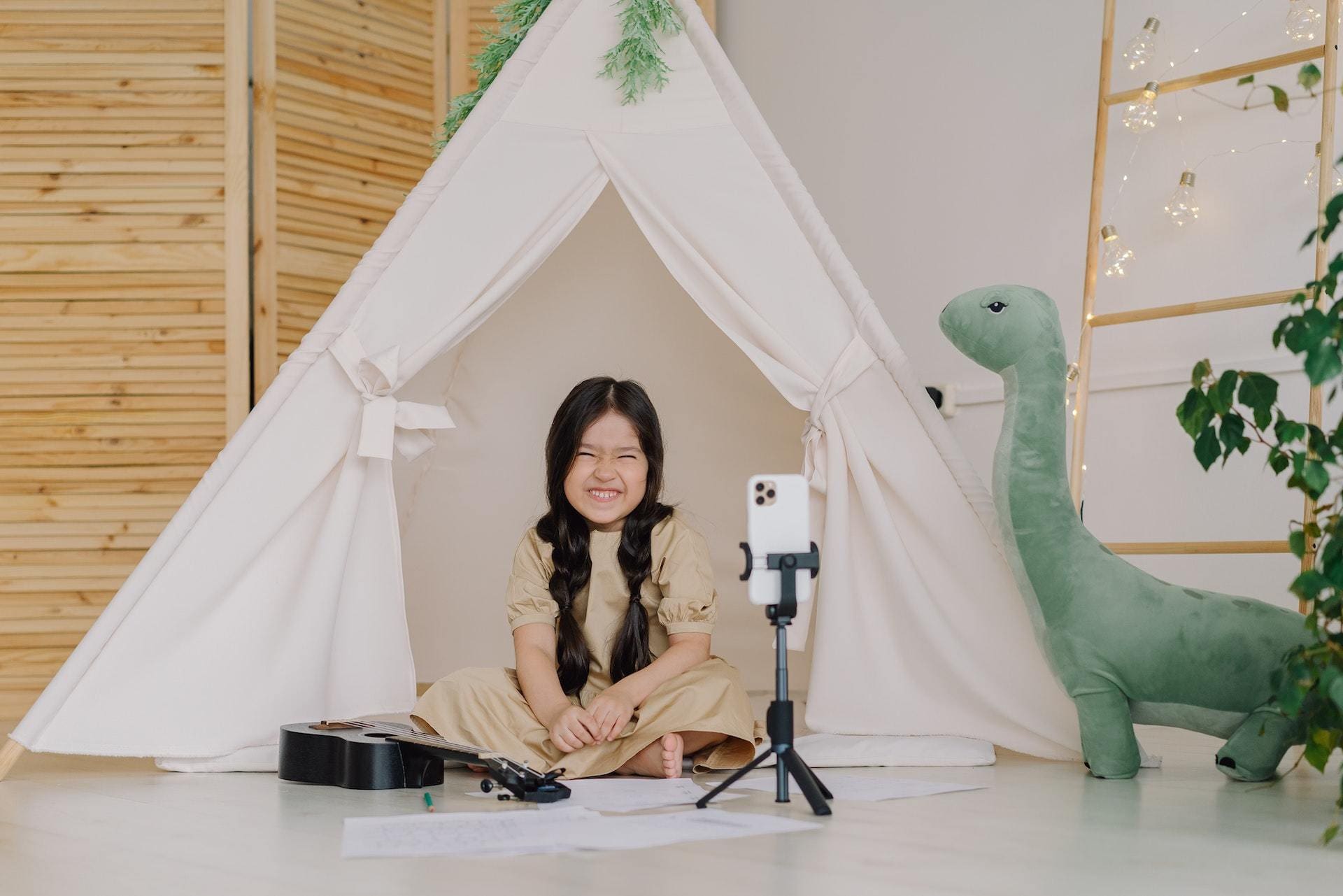
Use accessories
Details matter, so this is a non-exhaustive list of smartphone accessories that can improve your smartphone videotaping:
- Smartphone tripod
Whether at home or on stage, find a stable and flat spot for your phone and tripod. Flexible tripods have small legs but can grip to almost anything. - Smartphone holder
Attach and clamp your device almost anywhere to capture your performance. It’s plain and simple, your shot will remain static, but if you frame it right it will look great! - Smartphone stabilizer
Inherited from movie sets and now available in a very compact packaging, attach your phone to such a gimbal to prevent camera shakes when you move around while filming. - Portable lights
As previously discussed, light is a key component of image quality. Use portable lights to set the mood and get the best possible results for your camera censor. - Smartphone powerbank
Video recording will quickly drain your battery. If you are planning a long recording session, get a power bank to back up your phone.
Make simple edits
You only have a couple seconds to catch a viewer’s attention, so trim your recording to make sure it starts from an engaging moment. You can also crop, cut, apply color filters, blur and even add text directly from your native photo library app.
Store, send and publish
Once you are satisfied with your changes and the end result, it’s time to safely store your content. Use cloud back-up services like Google Drive, iCloud or Dropbox so you can free up storage space on your phone and easily send a download link of your video. Then send out your work by email or message for your friends, family and collaborators to see it.
Finally, upload your content publicly to social media platforms to grow your audience. There are many options, tools and platforms to assist you in the publication process.
If you would like to know more about this, let us know on social media and we’ll dig in further in another article.
Written by
Guillaume Despin
Jamzone Product Manager
